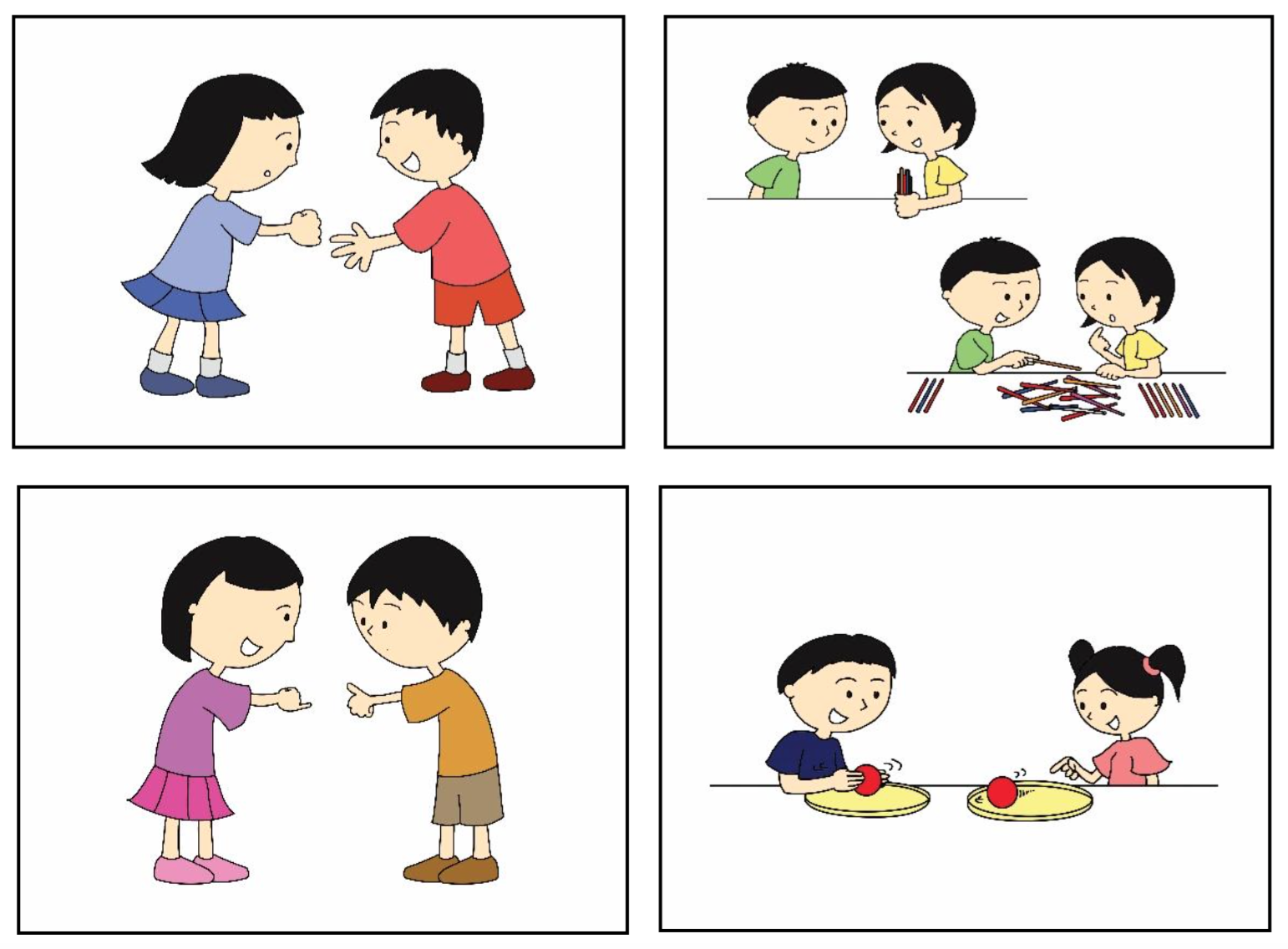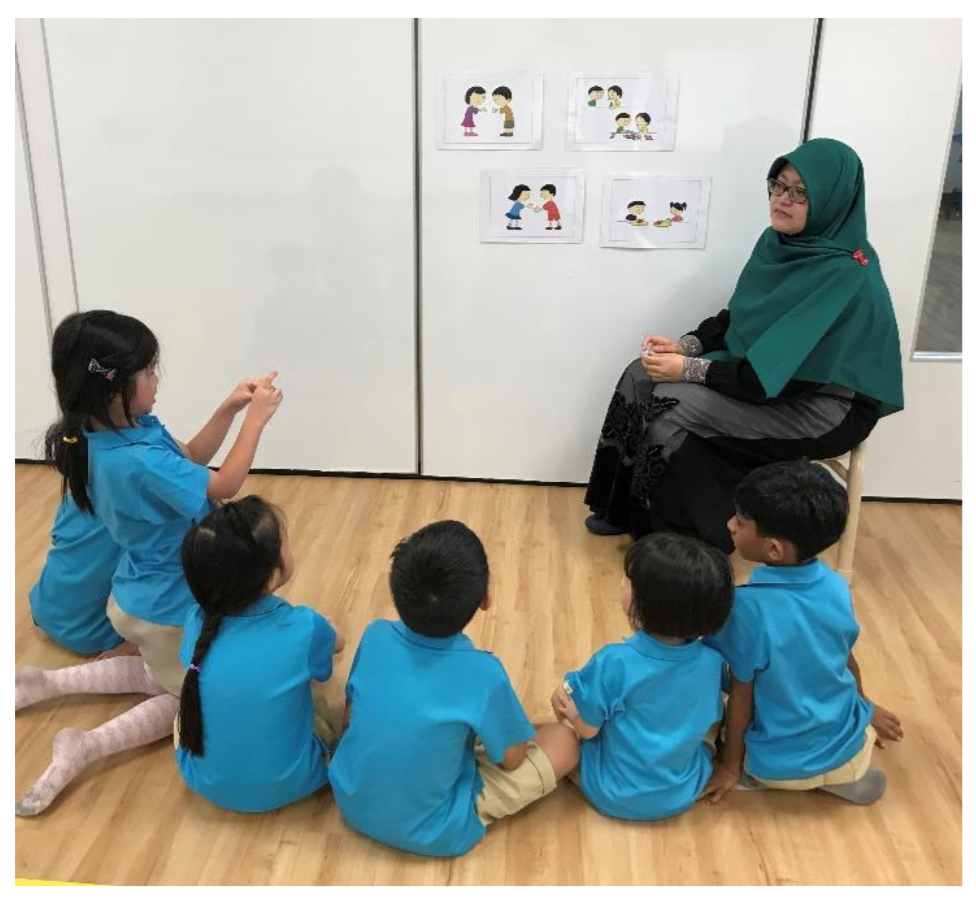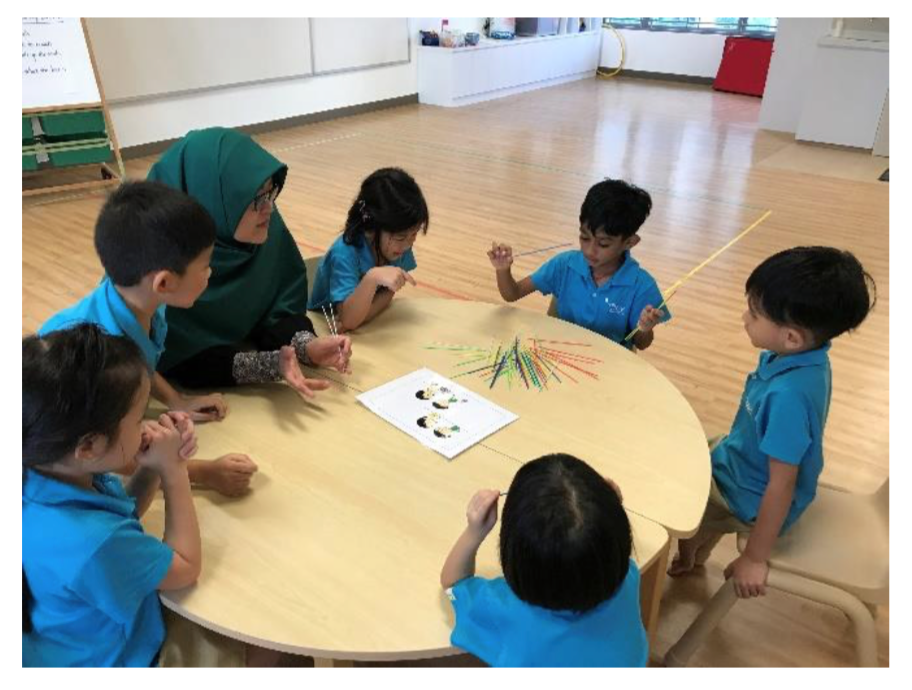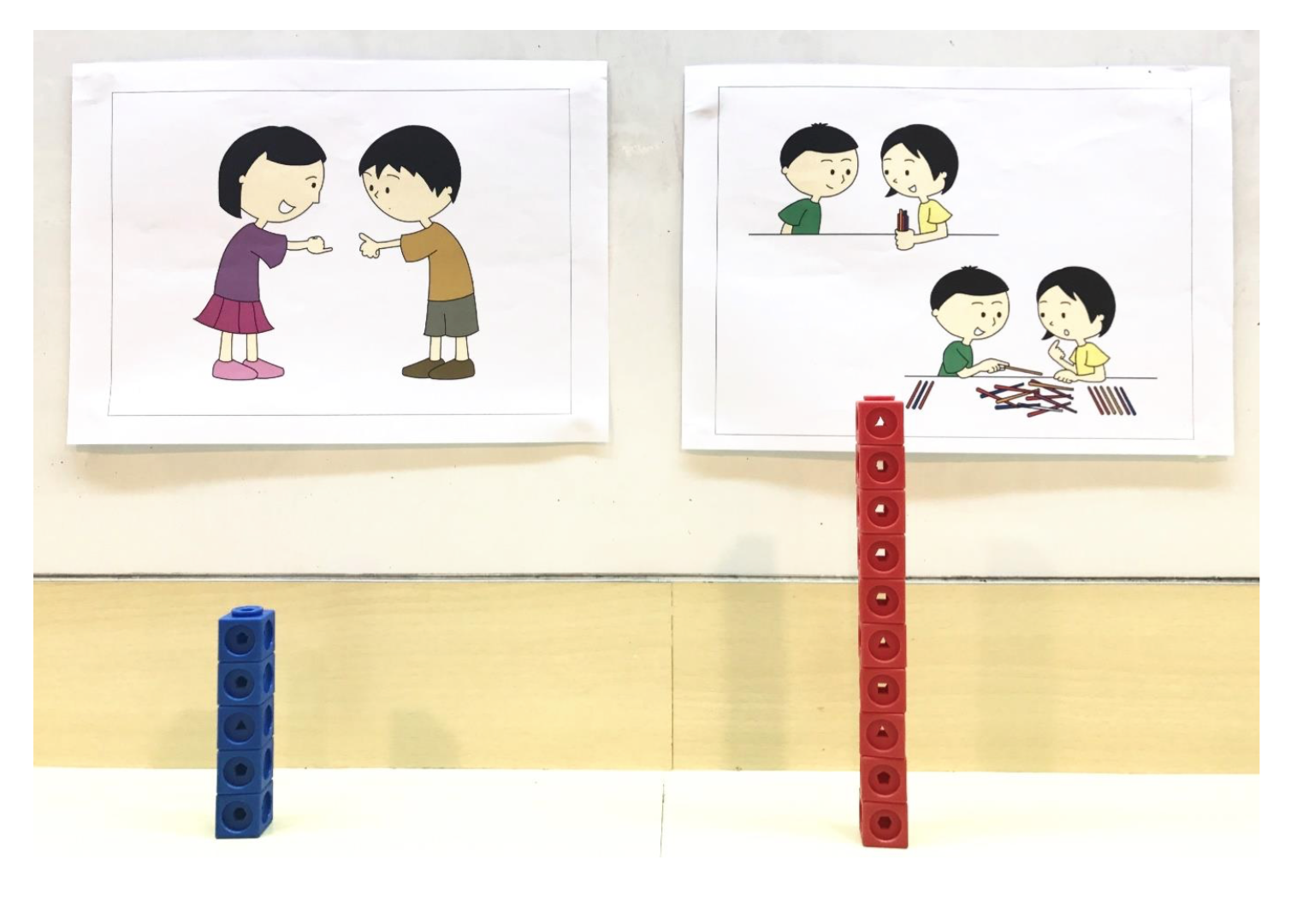Overview
Find out in this lesson idea how you can use games from around the world to provide opportunities for children to practise comparing the quantity of two groups of objects and determining the difference between them. Children will have opportunities to explore THREE learning areas through an integrated approach in this learning experience.
|
Learning Areas |
Learning Goals |
|
Discovery of the World (DOW) |
LG1: Show an interest in the world they live in |
|
Language and Literacy (L&L) |
LG2: Speak to convey meaning and communicate with others |
|
Numeracy (NUM) |
LG2: Use numbers in daily experiences |
| Refer to the Nurturing Early Learners (NEL) Framework, pp. 65 – 107, for more information on the learning areas and learning goals. |
|---|
Learning Objectives:
Children will be given opportunities to:
- Talk about different types of games played in other countries
- Compare the quantity of two groups of objects and determine the difference between them
#1 Talking about games from around the world
Get children interested in the different
types of games played in other countries.
How?
1. Show pictures or photographs of the different types of games and bring in the objects that are used in the games (where applicable).
Examples of games include:
- Rock, Paper, Scissors! (China)
- Pick-up Sticks (Europe and USA)
- Semut! Orang! Gajah! (Indonesia)
- Pir-rha (Australia)
| Try to select games that are distinctly different. This allows children to experience a variety of games and enriches their discussion as they talk about the games. For example, choose games that involve objects (e.g., sticks and balls) and others that do not (e.g., Rock, Paper, Scissors!). |

Examples of picture cards that
illustrate games from around the world (clockwise from top left):
Suggested questions that you can use to encourage the children to talk about how the games are played:
- What objects are used in the games?
- What do you think these actions represent? Why do you think they are represented this way?
- How do you think these games are played?
- Which country do you think this game comes from? How do you know?
 Children discussing and guessing how the games are played
Children discussing and guessing how the games are played#2 Playing games to reinforce numeracy concepts
How?
For example, set up game stations around the classroom and let the children take turns to explore the games in pairs.
| Introduce the games to the children in small groups. Explain and demonstrate how to play the game. Provide sufficient time for children to practise playing the game so that they become familiar with it. |
1. Game station 1: “Pick-up Sticks”
- Provide each pair of children with 10 pick-up sticks and a recording sheet.
- Child A takes the bundle of 10 pick-up stick and holds them upright in one hand, against the table. He/she releases the sticks and allows them to fall freely on the table.
- Child A picks up as many sticks as possible without moving/touching the other sticks.
- If Child A moves/touches the other sticks, his/her turn ends. Child B gets a turn to pick up as many sticks as possible.
- The game ends when all the sticks have been picked up.
- Each child will count and record the number of sticks they picked up and compare their scores to determine the difference between them.
- Have the pair play a few rounds of the game, taking turns to start playing the game first.

Playing “Pick-up Sticks” and counting the number of sticks they picked up
2. Game Station 2: “Semut! Orang! Gajah!”
- Provide each pair with 10 counters (e.g., 10 red chips for Child A and 10 blue chips for Child B), 2 paper plates and a recording sheet.
- Both children pump their fists up and down while counting 1 to 3. On the count of 4, they give one of the following three signs:
- Show the last finger to represent “semut” (ant)
- Show the index finger to represent “orang” (man)
- Show the thumb to represent “gajah” (elephant)

- The winner of each round is determined as follows:
- The winner of each round scores one point and puts a counter on his/her plate.
- Alternatively, have the children play “Rock, Paper, Scissors”.
- Each child counts and records the number of counters on their plate. They then compare their scores to determine the difference between them.
- Both children continue playing until one of them has 10 counters on his/her plate.
#3 Deciding on their favourite game
How?
For example, get the children to vote for their favourite game using interlocking cubes. Select a colour to represent each game (e.g., red interlocking cube to represent “Pick-up Sticks” and blue interlocking cube to represent “Semut! Orang! Gajah!”). Have the children decide which game is their favourite and pick the interlocking cube that represents it. After they have cast their votes, place the two rows of unifix cubes on the table. Invite them to compare the quantity of the two rows of unifix cubes and determine which game is more popular.
Suggested questions that you can use
to prompt the children include:
- How many children like the game "Pick-up Sticks"? How many children like the game "Semut! Orang! Gajah!"?
- Which game is more popular? How do you know?
- How many more children like the game "Pick-up Sticks"/"Semut! Orang! Gajah!"? How do you know?
- What do you like about the game "Pick-up Sticks"/"Semut! Orang! Gajah!"?

Voting for their favourite game